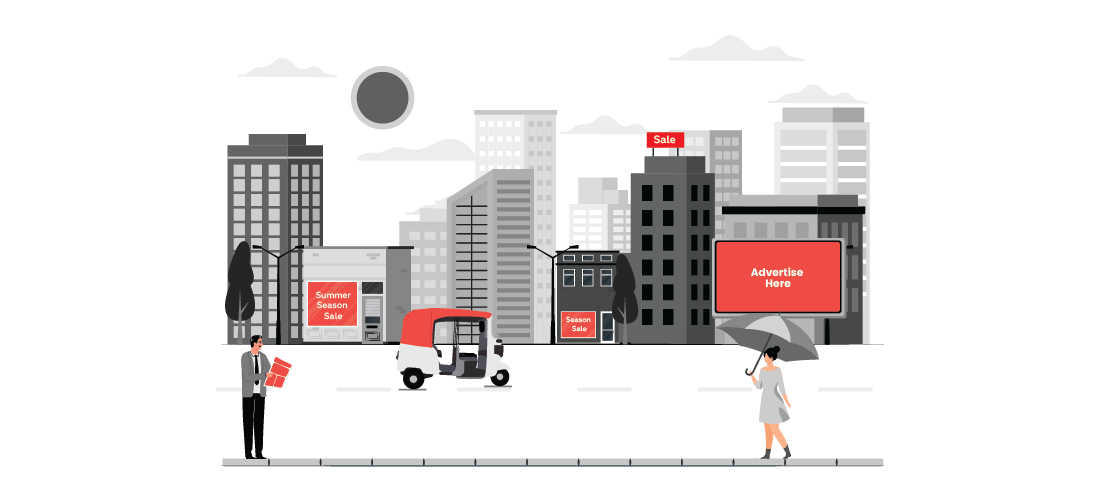Table Of Content
- 1. What is seasonal advertising?
- 2. Why does seasonal advertising always work?
- 3. How to plan an effective seasonal advertising campaign?
- 3.1. Identify main seasonal opportunities for your business
- 3.2. Understand Consumer Behavior & Trends
- 3.3. Create seasonal marketing campaigns
- 3.4. Utilize multiple advertising channels
- 3.5. Design your website and landing pages specifically for seasonal campaigns
- 3.6. Offer exclusive seasonal discounts
- 3.7. Take advantage of retargeting and remarketing strategies
- 3.8. Track and analyze campaign performance
- 4. Seasonal advertising examples of India
- 5. Final thoughts
Seasonal advertising is an effective marketing strategy that lets businesses capitalize on specific times when the consumer’s demands are high. Either it's a holiday time, Back-to-school times, summer-vacations, or any festive-event. Seasonal advertising helps your brands attract customers, create engagement and drive sales.
In this blog we will discuss how seasonal advertising is beneficial for your business and how you can take advantage of seasonal advertising strategy in your business. First, let's understand what seasonal advertising is.
What is seasonal advertising?

Seasonal marketing is a form of campaign that is planned for a specific season, holiday, or cultural events. The campaigns are designed to synchronize with the desires, emotions, and expenditures of consumers during such times.
In India, following can be the possibilities of seasonal marketing opportunities.
Winter Festive Season: Diwali, Christmas, New Year (October – January)
Back-to-School Season: June – July
Republic Day & Independence Day Sales: January 26 & August 15
Valentine’s Day: February 14
Holi & Spring Festive Sales: March – April
Summer Sales & Monsoon Offers: May – August
Raksha Bandhan & Ganesh Chaturthi Promotions: August – September
Navratri, Durga Puja & Dussehra Sales: September – October
Wedding & Festive Season Offers: October – December
By forming marketing strategies with these events, businesses can create a feeling of urgency, take advantage of consumer demands, and drive more conversions.
Why does seasonal advertising always work?
- Increases urgency and scarcity
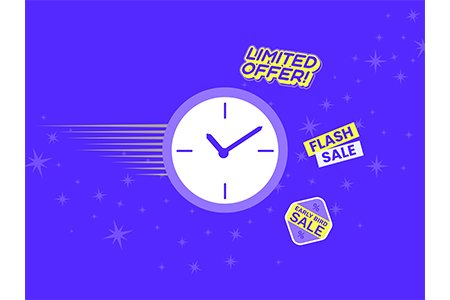
Limited time offers in the time of seasonal advertising helps in creating a feeling of Fear of missing out(FOMO), that also helps in encouraging customers in acting quickly. For instance, Black Friday sales go out-of-stock in just a matter of hours because customers know it is a time-sensitive offer.
- Utilize emotional connections
Holidays and special events evoke strong emotions, whether it's love on Valentine’s Day, gratitude on Thanksgiving, or excitement during the holiday season. Businesses can use these emotions to craft compelling marketing messages.
- Align with consumer spending patterns
At the time of the festive season customers expect discounts, offers, and promotions. Businesses should keep in mind this thing and form the strategy accordingly.
- Enhances brand visibility
Seasonal advertising increases brand exposure through themed campaigns, creative ads, and special offers that make a lasting impact on customers.
Now let’s discuss the thing which you have come for, how to plan an effective seasonal advertising campaign?
How to plan an effective seasonal advertising campaign?
1.Identify main seasonal opportunities for your business
Not all seasons or events will be relevant to every business. The key is to identify which seasonal opportunities align with your target audience and industry.
For example:
- A fashion retailer should focus on summer collections, winter clothing, and festive outfits.
- A restaurant owner can create special menus for Christmas, Thanksgiving, and Valentine’s Day.
- An electronics store can provide discounts on gadgets during Back-to-School season and Black Friday.
Actions to be taken: Create a seasonal advertising calendar to plan ahead.
2.Understand Consumer Behavior & Trends
Each season brings different consumer behaviors. Understanding these patterns can help craft more effective campaigns.
- Christmas & New Year: Shoppers look for gifts, decorations, and holiday experiences.
- Summer: Customers prioritize travel, outdoor activities, and summer fashion.
- Back-to-School: Parents and students search for school supplies, gadgets, and clothing.
Use historical sales data, industry reports, and Google Trends to analyze what customers are looking for.
Actions to be taken: Conduct research on seasonal consumer preferences and past campaign performances.
3.Create seasonal marketing campaigns
The advertising message you are trying to convey should align with the current season and its theme. Below are the some of the ways to be included:
- Seasonal Taglines & Hashtags: Create copies like “Winter Wonderland Deals” or use hashtags like #HolidaySavings for attracting attention.
- Emotional Storytelling: Create campaigns that tap into emotions associated with the season.
- Limited-Time Offers: Add a sense of urgency with words like “Hurry! Offer Ends Soon.
Example: Coca-Cola’s “Holidays Are Coming” campaign with Santa Claus and festive branding successfully creates holiday excitement every year.
Action to be taken: Craft a compelling message that connects your product to the season.
4.Utilize multiple advertising channels
Your seasonal campaigns should be promoted across various marketing channels to maximize reach and engagement.
a) Social Media Marketing
- Run seasonal giveaways, contests, and interactive posts.
- Use festive visuals and videos to enhance engagement.
- Leverage social media ads to target specific demographics.
b) Email Marketing
- Send exclusive holiday discounts and gift guides.
- Use catchy subject lines like “Special Christmas Deals Just for You!”
c) Paid Advertising (Google & Social Media Ads)
- Use seasonal keywords and ad extensions to highlight limited-time offers.
- Target audience segments based on their seasonal shopping behaviors.
d) Influencer & Partnership Marketing
- Collaborate with influencers to promote your seasonal products.
- Partner with other brands for holiday giveaways or bundle deals.
Example: Starbucks’ Pumpkin Spice Latte Campaign is heavily promoted on social media and creates massive buzz every fall.
Action to be taken: Choose the right platforms and tailor your seasonal advertising accordingly.
5.Design your website and landing pages specifically for seasonal campaigns
Your website should be designed according to the festive season. You can give it the look through:
- Seasonal-Themed Banners & Pop-ups
- Dedicated Landing Pages for Holiday Deals
- Faster Checkout Process for Increased Conversions
Example: Amazon creates a special theme for amazon prime day sale. This makes it easier for shoppers to navigate through the app.
Action to be taken: Make sure that your website is well optimised for creating seasonal campaigns.
6.Offer exclusive seasonal discounts
Shoppers like deals, especially during seasonal sales offer:
- Buy One, Get One Free (BOGO) Deals
- Creating holiday combinations
- Flash sales and period based discounts
Example: Flipkart offers exclusively offers and combinations on Flipkart big billion days.
Action to be taken: Create attractive offers that encourage bulk purchases and repeat customers.
7.Take advantage of retargeting and remarketing strategies
Many customers browse seasonal sales but abandon their carts before purchasing. Use retargeting ads and follow-up emails to bring them back.
Effective Strategies:
- Send personalized emails with a “Hey, you forgot something!” message.
- Run retargeting ads showing the exact product they viewed.
- Offer limited-time discounts for cart abandoners.
Example: eCommerce brands like ASOS and Adidas effectively use retargeting ads to re-engage potential buyers.
Action Step: Set up retargeting ads and email automation to recover lost sales.
8.Track and analyze campaign performance
After successfully running a seasonal campaign take a look back about the analytics and measure how successful the campaign was. Here is the list of KPIs you need to see:
- Sales & Revenue Growth
- Engagement Rate on Social Media
- Click-Through Rates (CTR) for Ads & Emails
- Website Traffic & Conversion Rate
Use tools like Google analytics, facebook, insights and email campaign reports to understand and form a more effective strategy for the coming season.
Action to be taken: Make a report of all the key metrics or KPIs for improving future sales campaigns.
Seasonal advertising examples of India
1. Coca-Cola’s Diwali Campaign
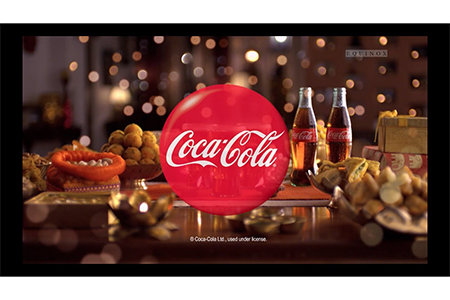
Coca-Cola’s Diwali campaigns focus on themes of togetherness and celebration. Their "Umeedon Wali Diwali" campaign encouraged people to reconnect with loved ones over a bottle of Coke. The brand also introduces festive packaging and special-edition bottles to increase sales during the festive season.
2. Flipkart & Amazon’s Festive Sales (Big Billion Days & Great Indian Festival)
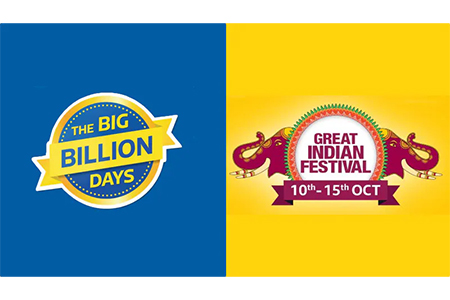
Flipkart’s Big Billion Days and Amazon’s Great Indian Festival have become synonymous with festive shopping in India. These events, launched before Navratri and Diwali, offer massive discounts across all categories, creating a shopping frenzy. With influencer marketing, exclusive deals, and early access for premium members, these sales drive record-breaking revenue every year.
3. Cadbury’s Raksha Bandhan & Diwali Gift Packs
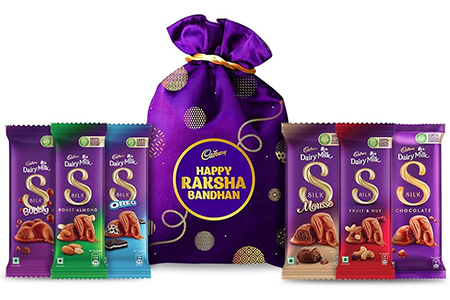
Cadbury successfully markets its chocolates as festive gifts during Raksha Bandhan and Diwali. Their "Kuch Meetha Ho Jaaye" campaign reinforces the tradition of celebrating special moments with sweets. Limited-edition gift boxes, personalized packs, and festive hampers further boost sales.
4. Myntra’s End of Reason Sale (EORS)
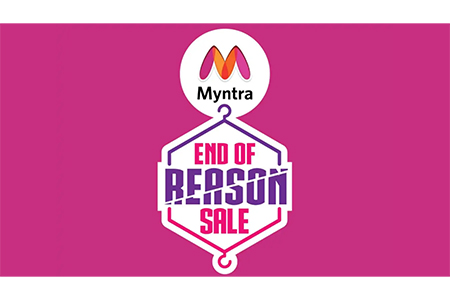
Myntra’s End of Reason Sale is a highly anticipated event held twice a year before summer and winter fashion transitions. By offering huge discounts and collaborating with celebrities and influencers, Myntra effectively taps into seasonal fashion trends, driving massive engagement and sales.
5. Swiggy & Zomato’s IPL & Festive Offers
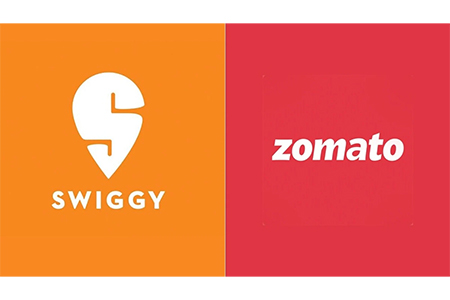
Food delivery giants Swiggy and Zomato introduce special discounts during IPL, New Year, and festivals like Ganesh Chaturthi and Navratri. Their humorous and relatable social media ads create buzz, encouraging users to order food while enjoying celebrations at home.
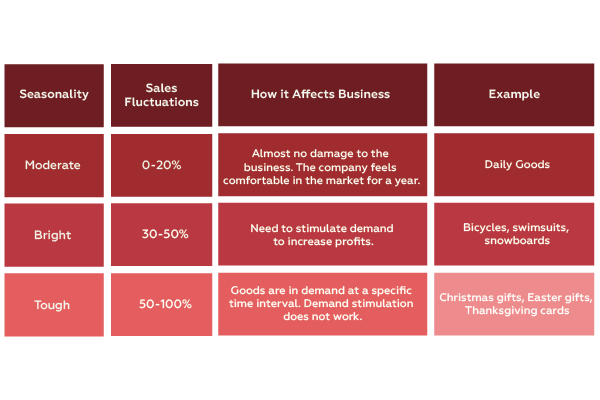
Final thoughts
Seasonal marketing is a strong tactic that enables companies, including advertising agencies, to connect with the emotions of consumers, generate timing, and achieve optimum sales across important events. Whether festive periods, holidays, or special shopping occasions, timing marketing activities with these events guarantees increased engagement as well as higher conversion rates. With diligent campaign planning, utilization of multiple marketing channels, and presenting unique offers, brands can capitalize on seasonal patterns. If executed effectively, seasonal marketing not only generates short-term revenue but also increases brand recognition and customer loyalty over the long term.


